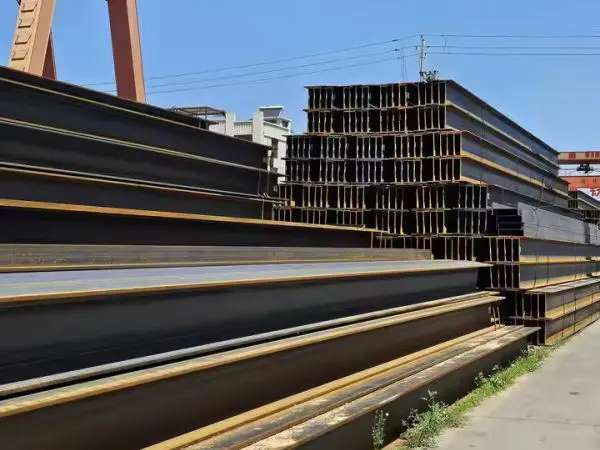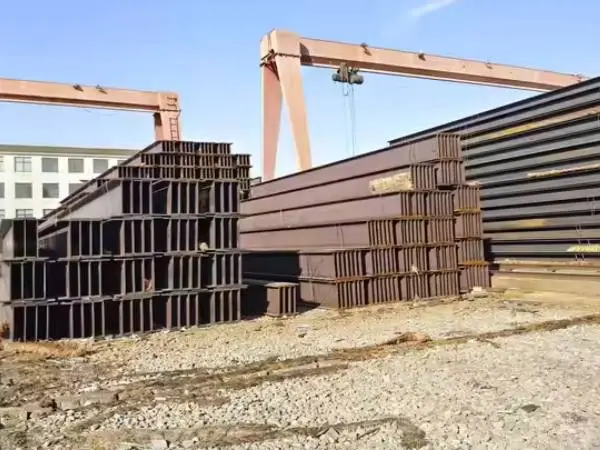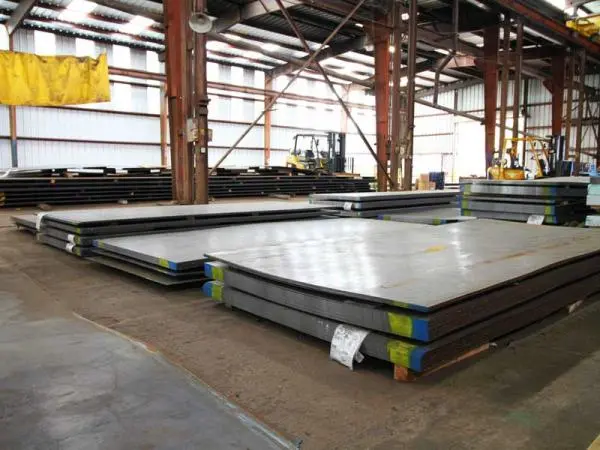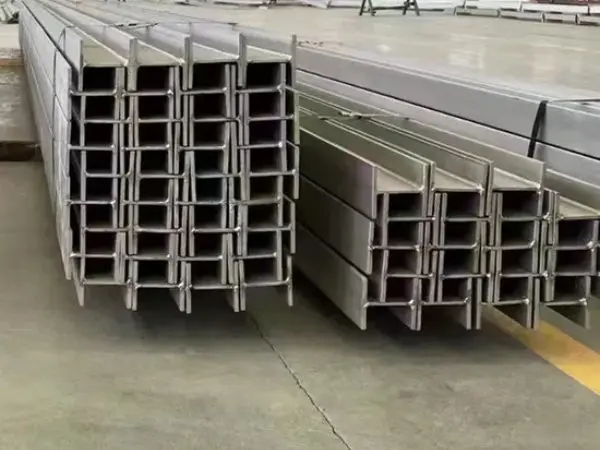- Phone0086 731 8564 8255
- E-mailsales@cscsteel-manufacturing.com
-

Rust on galvanized steel pipes can be a common issue, especially in environments with high humidity or exposure to harsh conditions. Since galvanized steel is coated with a layer of zinc to prevent corrosion, removing rust effectively requires careful cleaning to avoid damaging the protective coating. Below are the steps for removing rust from galvanized steel pipes.
1. Clean the Steel Surface with Solvent
The first step in rust removal is to clean the surface of the galvanized steel pipe. Use a solvent or degreaser to remove any surface contaminants, such as oils, dirt, grease, or other organic matter. This ensures that the rust-removal process targets only the rust and not other substances that may interfere with the treatment. You can use mineral spirits, acetone, or commercial cleaning agents, applying them with a cloth or sponge. After applying the solvent, wipe the surface thoroughly to remove any residue.
2. Scrape Off Rust and Loose Debris
Once the surface is clean, the next step is to physically remove the rust. For this, you can use tools such as wire brushes, sandpaper, or abrasive pads. These tools help to scrub off loose rust, oxidation, and other debris like welding slag that may have accumulated on the galvanized surface. The goal is to loosen or lift off any flaky rust without damaging the underlying galvanized coating. If rust is particularly thick or stubborn, a wire brush drill attachment can be used for more efficient removal, especially in hard-to-reach areas of the pipe.
Note: Avoid using abrasive tools that are too harsh, as they can scratch the galvanized coating, reducing its effectiveness in protecting the pipe from future corrosion.
3. Pickling Process to Clean the Galvanized Pipe
If there are still remnants of rust or corrosion after mechanical cleaning, the next step is to use a pickling solution to remove stubborn rust stains. Pickling involves using an acid-based solution, usually a mixture of hydrochloric acid (HCl) or sulfuric acid with water, to dissolve rust and corrosion. This method is highly effective for cleaning the steel surface without causing significant damage to the underlying zinc coating.
Preparation: If you're handling a large area or an entire pipe, create a suitable pickling solution by diluting the acid with water according to the manufacturer's instructions. Always wear protective gloves, goggles, and work in a well-ventilated area when using acids.
Application: Apply the pickling solution to the rusted areas using a cloth or sponge. Let it sit for a few minutes, then scrub gently with a soft brush to help lift any remaining rust particles.
Rinsing: After the pickling process, rinse the galvanized pipe thoroughly with water to remove any residual acid, which could continue to etch the surface if left untreated. Dry the pipe completely after rinsing.
4. Neutralize the Acid
After pickling, it’s essential to neutralize any remaining acid on the galvanized surface to prevent further corrosion. You can neutralize the acid by using a baking soda solution (mixing baking soda with water) or a commercial neutralizing agent. Apply the neutralizer to the treated areas, allow it to sit for a few minutes, and then rinse the pipe thoroughly again with water.
5. Protect the Galvanized Coating
Once the rust has been removed, it's important to protect the galvanized coating to prevent future rusting. Touch-up paint or zinc-rich paint can be applied to any areas that may have been damaged during the cleaning process. This will restore the protective layer and prevent exposure to moisture and air, which can lead to further corrosion.
Note: Be sure to choose a paint or coating that is compatible with galvanized steel to maintain the integrity of the material.




